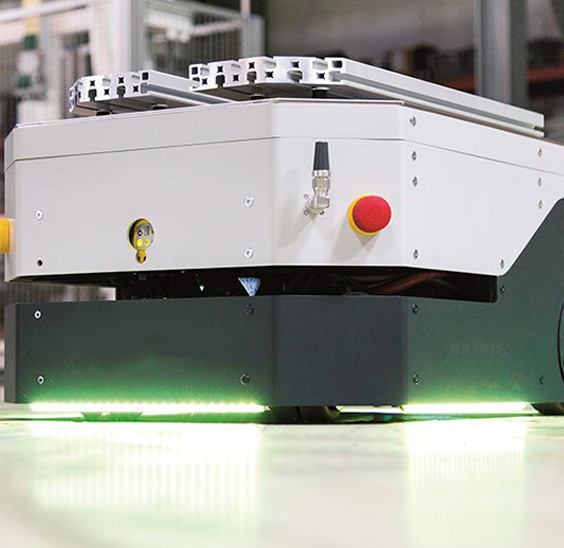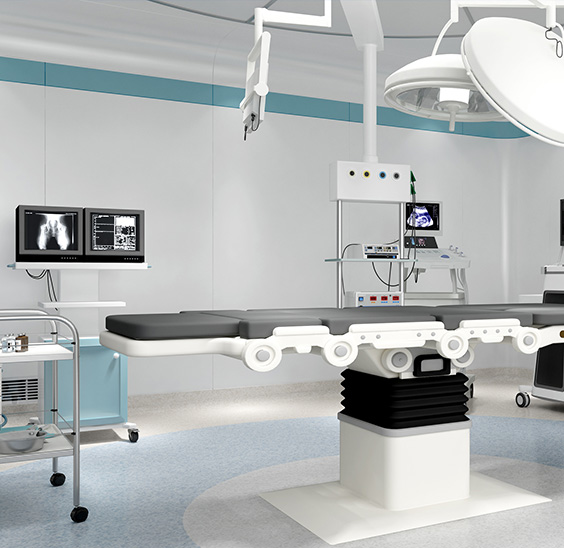Why does brake chamber pushrod stroke length matter for safety?
In commercial vehicle braking systems, a parameter measured in millimeters - the brake chamber pushrod stroke length - is becoming the focus of global transportation safety experts. This seemingly small mechanical indicator is actually the lifeline for maintaining the braking efficiency of heavy vehicles.
Mechanical principles: safety crisis caused by millimeter-level errors
When the driver steps on the brake pedal, the brake chamber pushes the pushrod through compressed air to transmit the braking force to the brake shoe. The pushrod stroke length directly reflects the working status of the braking system: according to the SAE J1819 standard, the rated stroke of a standard 30-type brake chamber should be 1.75-2.25 inches (about 44-45mm). For every 1mm increase beyond this range, the braking response time will be extended by 0.15 seconds, which is equivalent to an increase of 3.3 meters in braking distance at a speed of 80km/h.
Level 3 safety alarm mechanism
Effectiveness warning line (yellow alarm zone): When the stroke reaches 50% of the adjustment limit (such as the standard air chamber reaches 22mm), the braking torque output drops by 15%, and preventive maintenance should be started at this time
Safety critical point (orange alarm zone): The stroke exceeds 75% of the rated value (about 33mm), the braking hysteresis effect is significant, and the ABS system intervention frequency increases by 40%
Failure red line (red alarm zone): Breaking through the maximum allowable stroke (usually 38-40mm) will trigger a cliff-like drop in braking torque. Experimental data show that the emergency braking failure rate is as high as 78% at this time
Industry evidence: safety enlightenment behind the data
The North American Transportation Safety Board (NTSB) 2023 accident report shows that among the 328 heavy-duty vehicle brake failure accidents investigated, 61% had problems with excessive push rod stroke. Among them, 79% of the cases showed that the vehicles involved had not been tested for stroke within 6 months before the accident. This confirms the warning of the Federal Motor Carrier Safety Administration (FMCSA): Excessive stroke can make the braking system a "time bomb of progressive failure".
Innovation breakthrough in intelligent detection technology
Traditional manual measurement methods are being replaced by intelligent monitoring systems. The latest electronic travel sensors (ETS) launched by manufacturers such as Volvo and Cummins can monitor the displacement of push rods in real time with an accuracy of ±0.5mm. In conjunction with the Internet of Vehicles system, these data can be automatically uploaded to the fleet management platform to achieve predictive maintenance. Actual measurements show that this technology has achieved a 92% early warning rate for push rod failures and reduced maintenance costs by 37%.
The golden rule of maintenance experts
Two-dimensional detection method: static measurement combined with dynamic testing, when using a laser rangefinder, it must be performed under the fully released brake state
Temperature compensation mechanism: For every 10°C change in ambient temperature, the deformation of the rubber seal can reach 0.3mm, and compensation margin should be reserved for winter detection
Linked maintenance strategy: When adjusting the push rod stroke, the camshaft bushing wear (maximum clearance 0.4mm allowed) and the working status of the automatic adjustment arm must be checked simultaneously.


 EN
EN  English
English Português
Português










